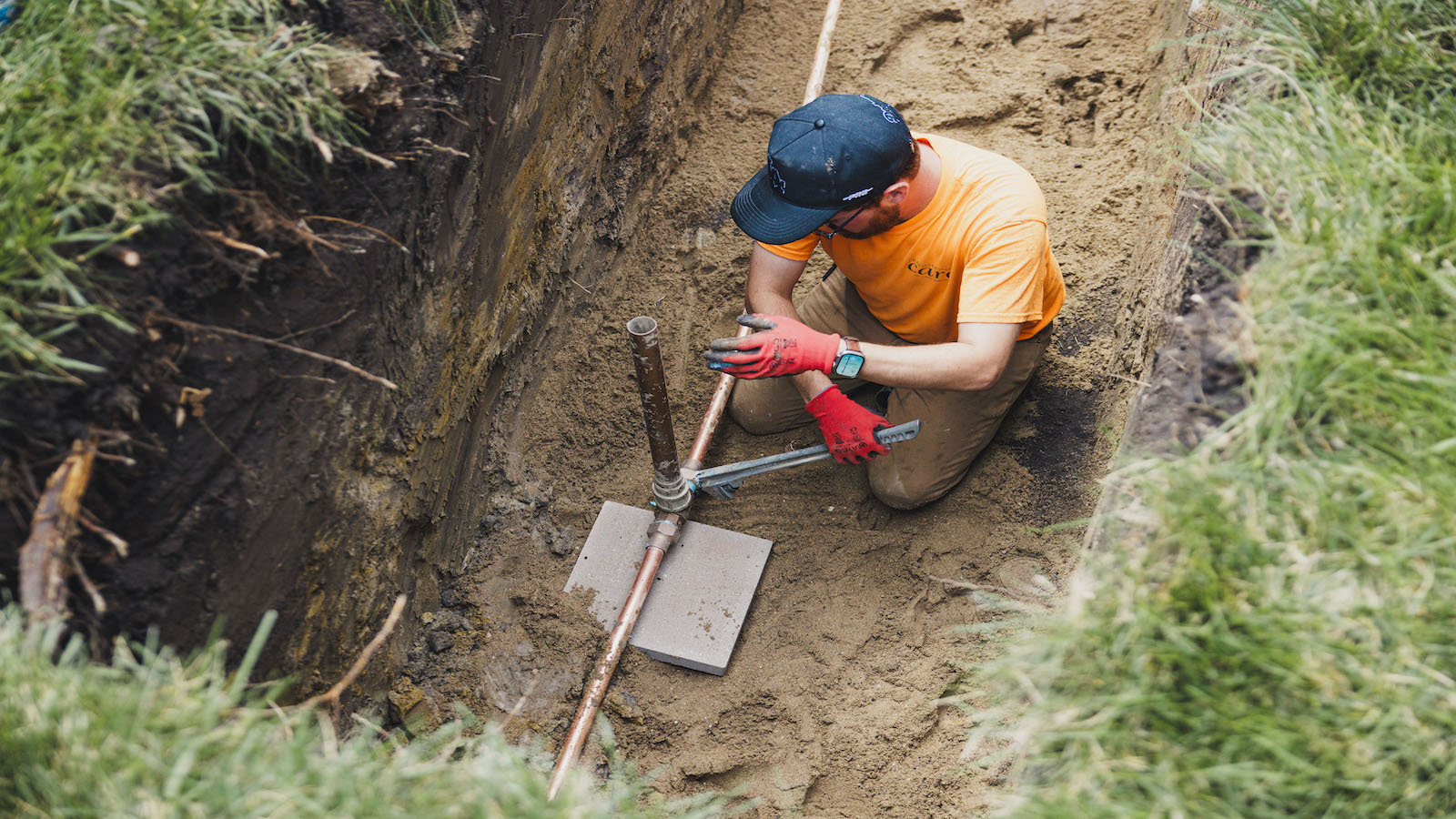Applied Sciences, Vol. 15, Pages 9591: Predictive Modeling for Carbon Footprint Optimization of Prestressed Road Flyovers
Applied Sciences doi: 10.3390/app15179591
Authors:
Lorena Yepes-Bellver
Julián Alcalá
Víctor Yepes
This study addresses the challenge of minimizing carbon emissions in designing prestressed road flyovers by comparing advanced predictive modeling techniques for surrogate-based optimization. The research develops a two-stage optimization approach. First, a response surface is generated using Latin-hypercube sampling. Second, that response surface is optimized to identify design configurations with the lowest CO2 emissions. The optimal configuration (deck #37)—base width 3.40 m, deck depth 1.10 m, and concrete grade C-35 MPa—achieved a carbon footprint of 386,515 kg CO2, representing a reduction of 12% compared to the reference bridge. Among the models tested, the artificial neural network (ANN) achieved the highest predictive accuracy (RMSE = 8372 kg, MAE = 7356 kg), closely followed by the Kriging 1 model (RMSE = 9235 kg, MAE = 7236 kg). Results indicate that emissions remain minimal for deck depths between 1.10 and 1.30 m, base widths between 3.20 and 3.80 m, and concrete grades of C-35 to C-40 MPa. This study provides practical guidelines for reducing the carbon footprint of prestressed bridges and highlights the value of robust surrogate models in sustainable structural optimization.
Source link
Lorena Yepes-Bellver www.mdpi.com


